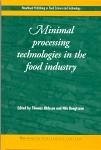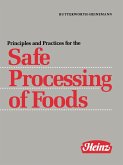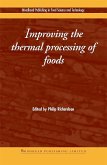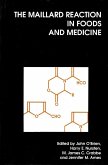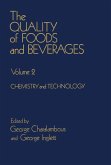After an introductory chapter, the book first discusses the use of bacteriocins such as nisin in preserving animal and other food products, often in conjunction with other preservation techniques such as high hydrostatic pressure and pulsed electric fields. Subsequent chapters discuss the current and future uses of natamycin, organic acids, antimicrobials from animals and chitosan as preservatives. Three chapters are devoted to antimicrobials from plants and their use in a wide range of applications, including the preservation of fresh and minimally-processed fruits and vegetables. A final group of chapters discuss the use of natural antimicrobials in edible coatings, applications of natural antifungal agents, the combination of natural antimicrobials with irradiation, and the regulatory context.
With its practical emphasis and authoritative coverage, Natural antimicrobials for the minimal processing of foods is a standard work for the food industry in developing new preservation systems that extend the shelf-life of foods without compromising safety or sensory quality.
- Discusses the practical application of antimicrobials in food preservation, often in conjunction with other preservation techniques
- Discusses the uses of natamycin, organic acids, antimicrobials from animals and chitosan as preservatives
- A standard work for the food industry in developing new preservation systems that extend the shelf-life of foods without compromising safety or sensory quality
Dieser Download kann aus rechtlichen Gründen nur mit Rechnungsadresse in A, B, BG, CY, CZ, D, DK, EW, E, FIN, F, GR, HR, H, IRL, I, LT, L, LR, M, NL, PL, P, R, S, SLO, SK ausgeliefert werden.



